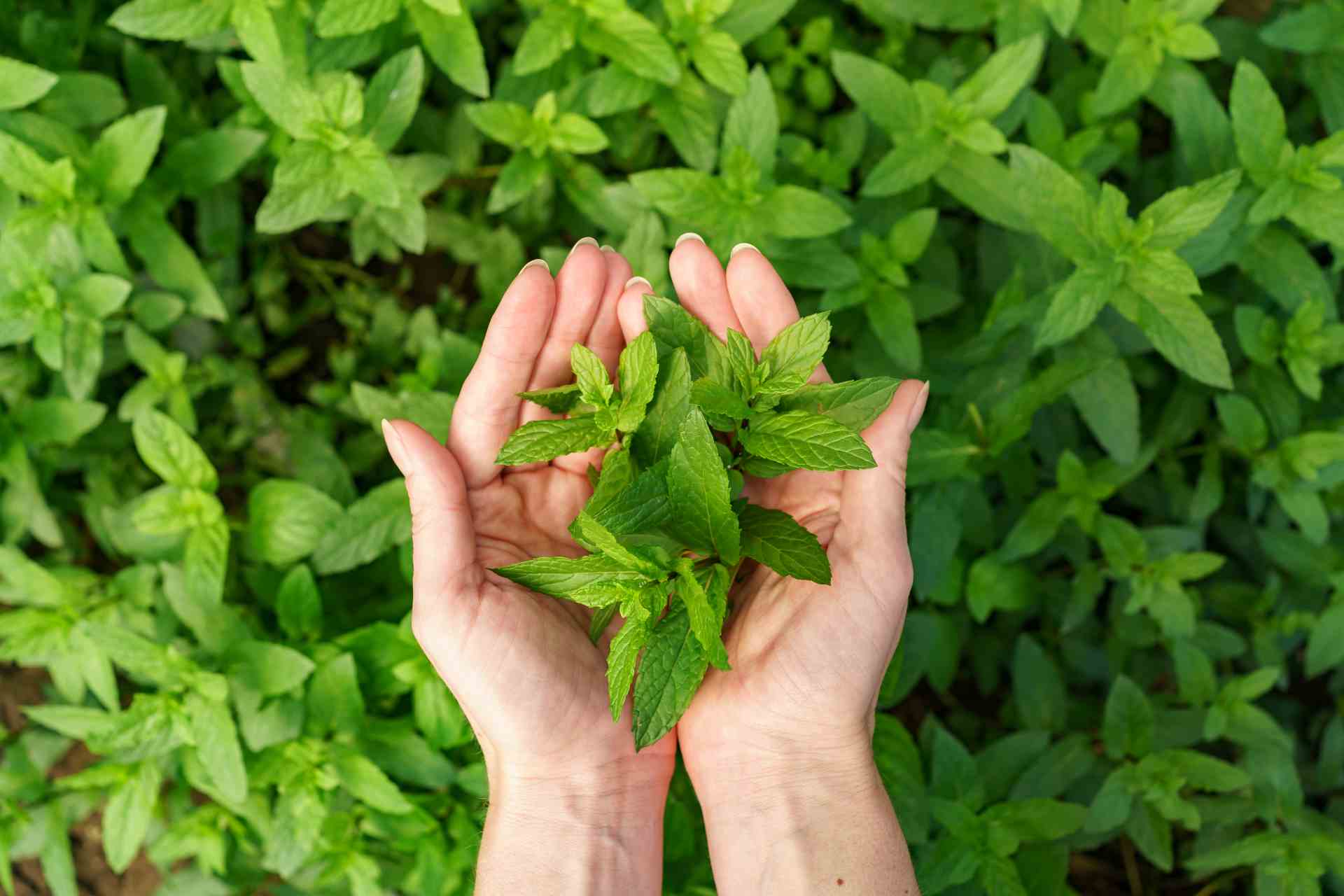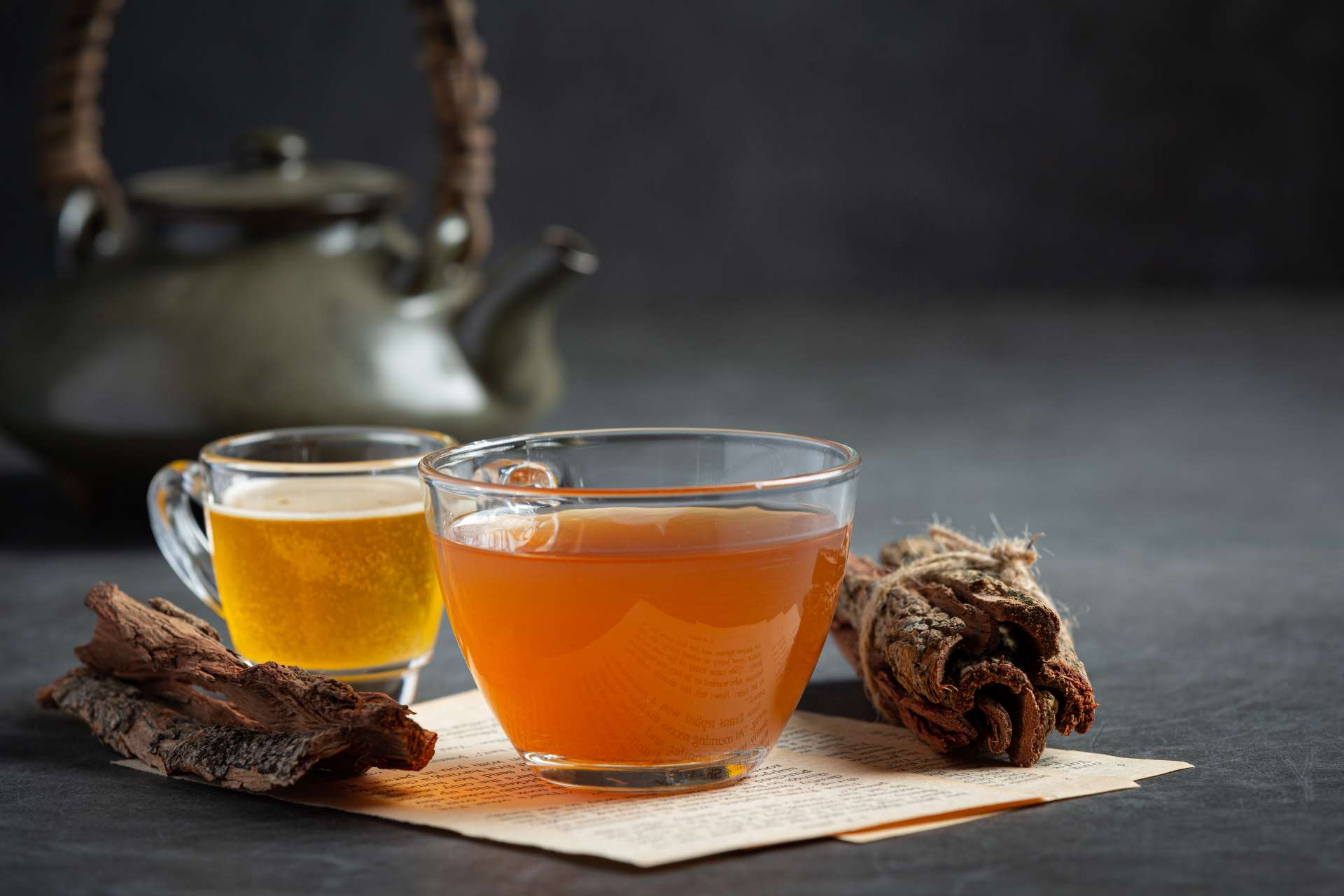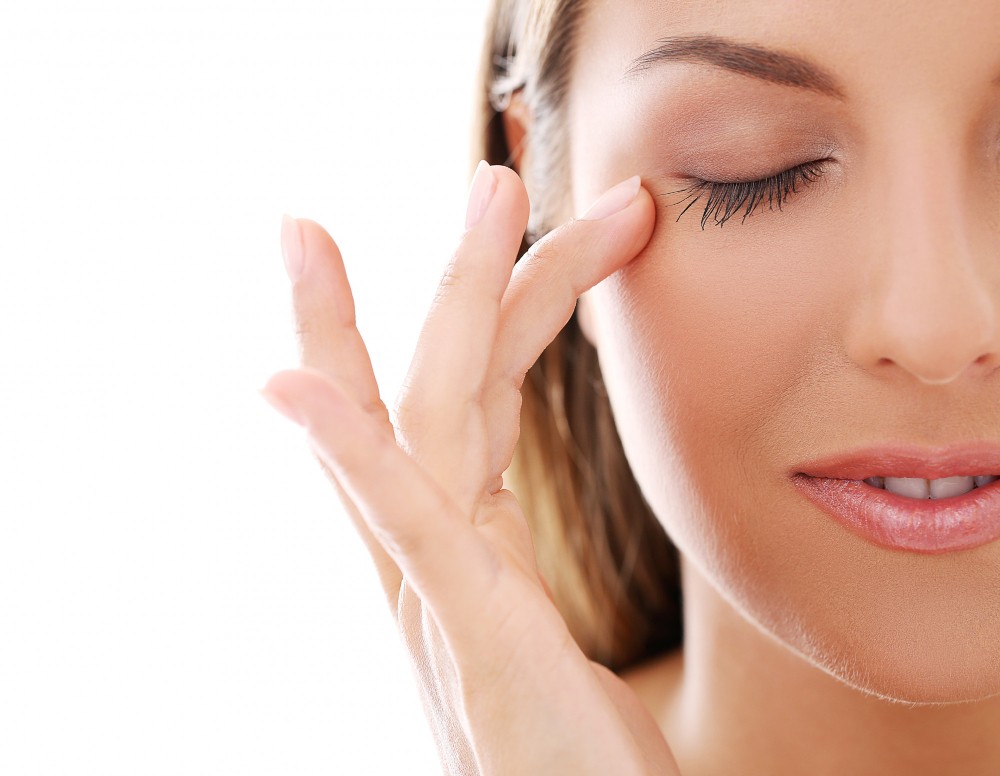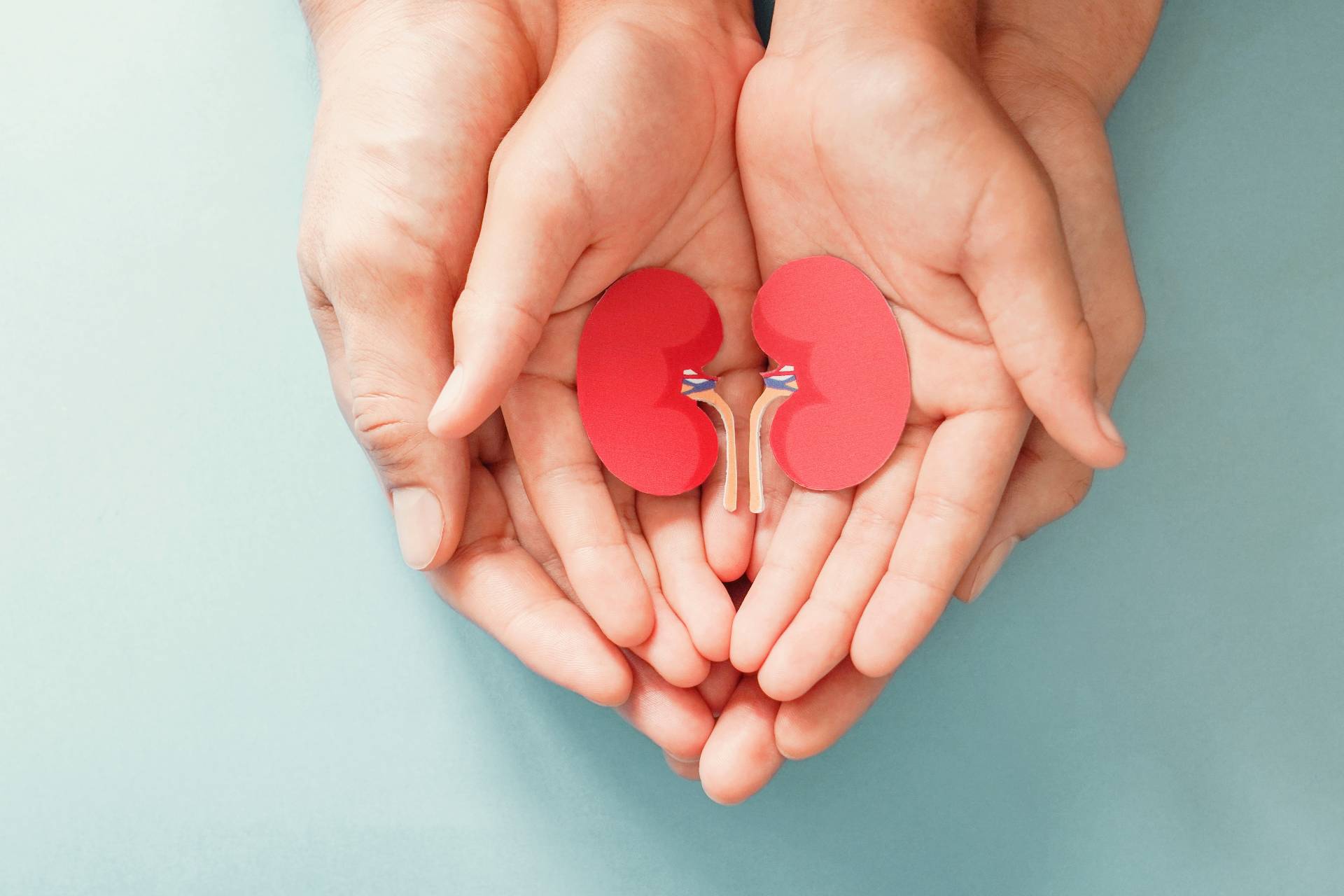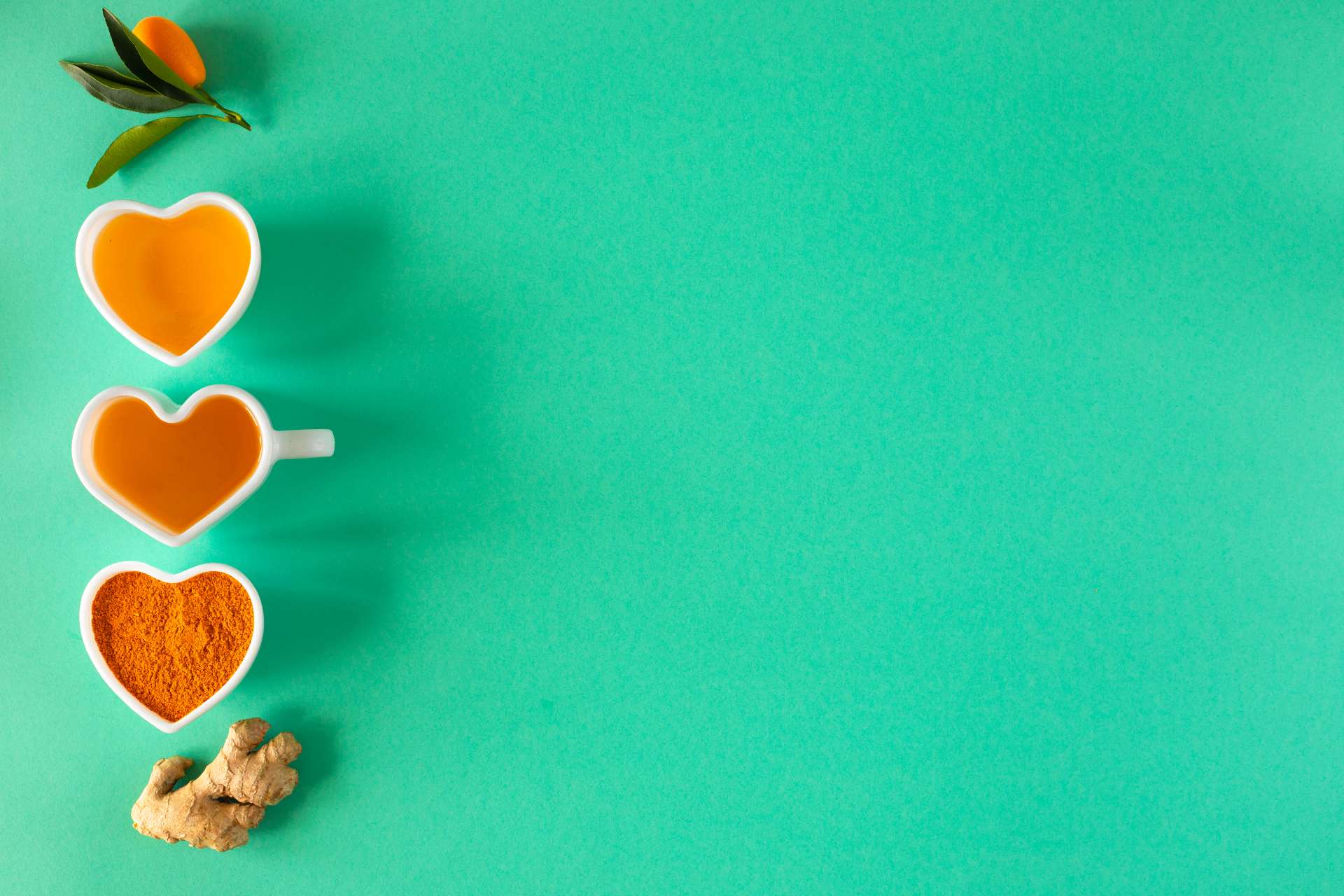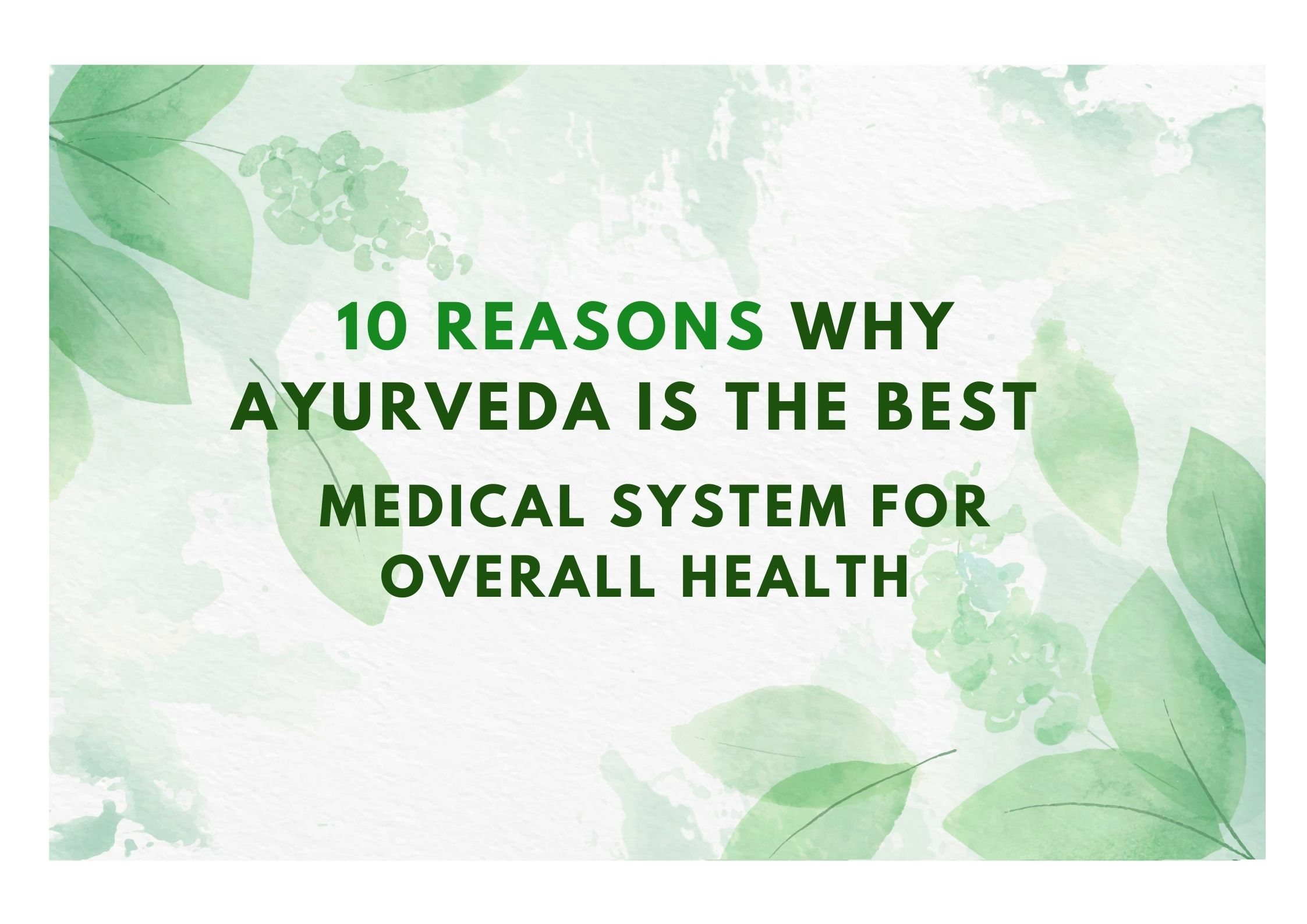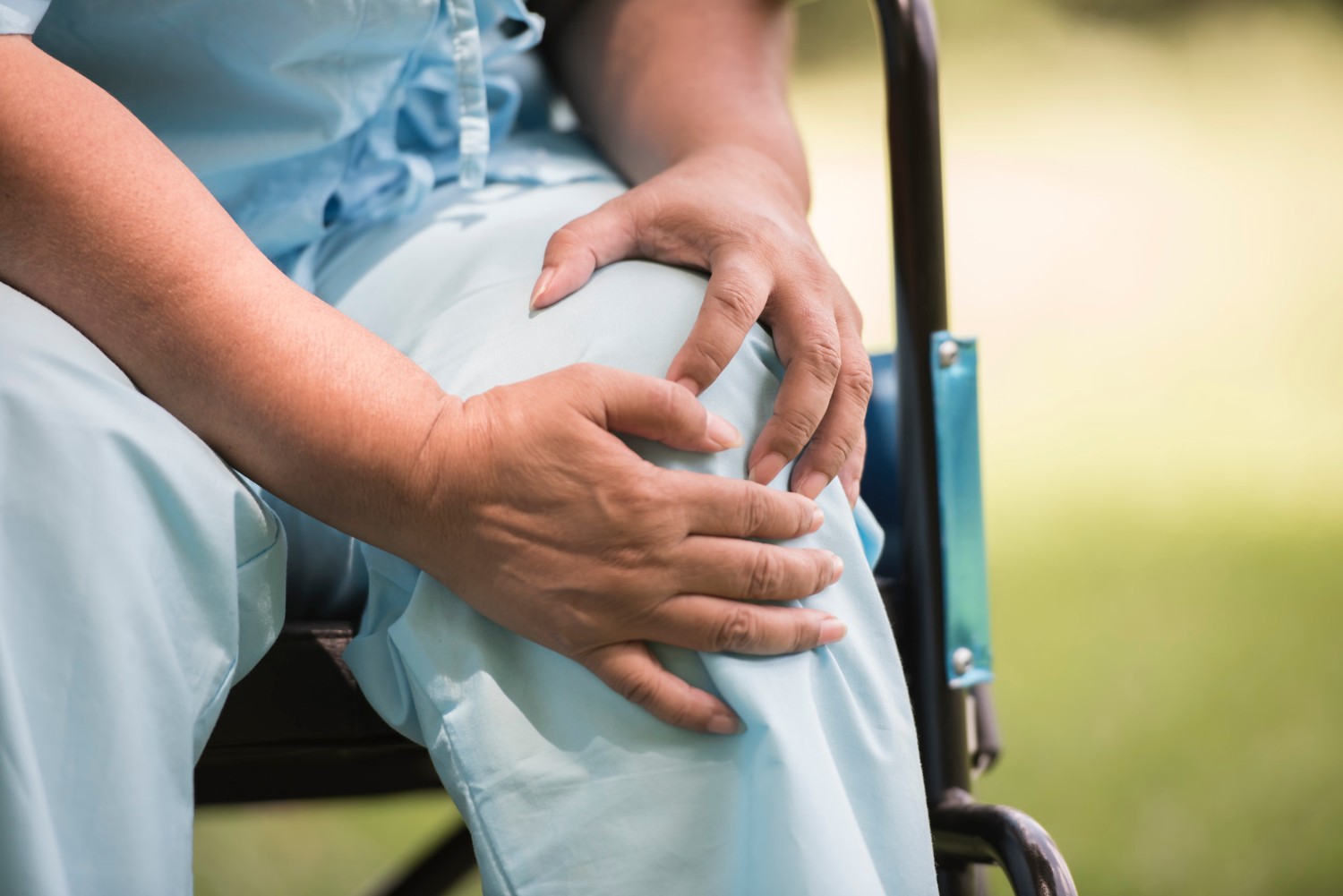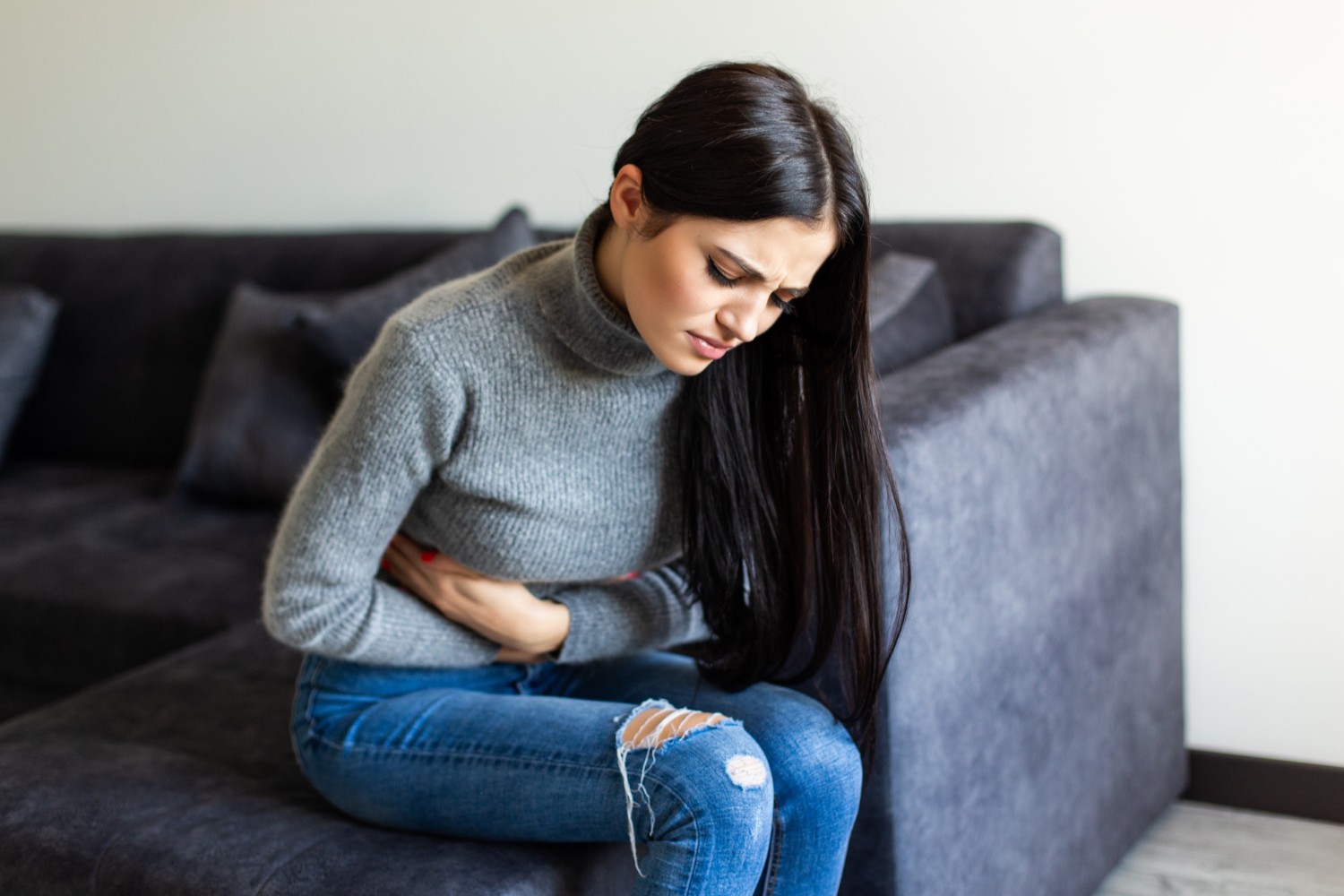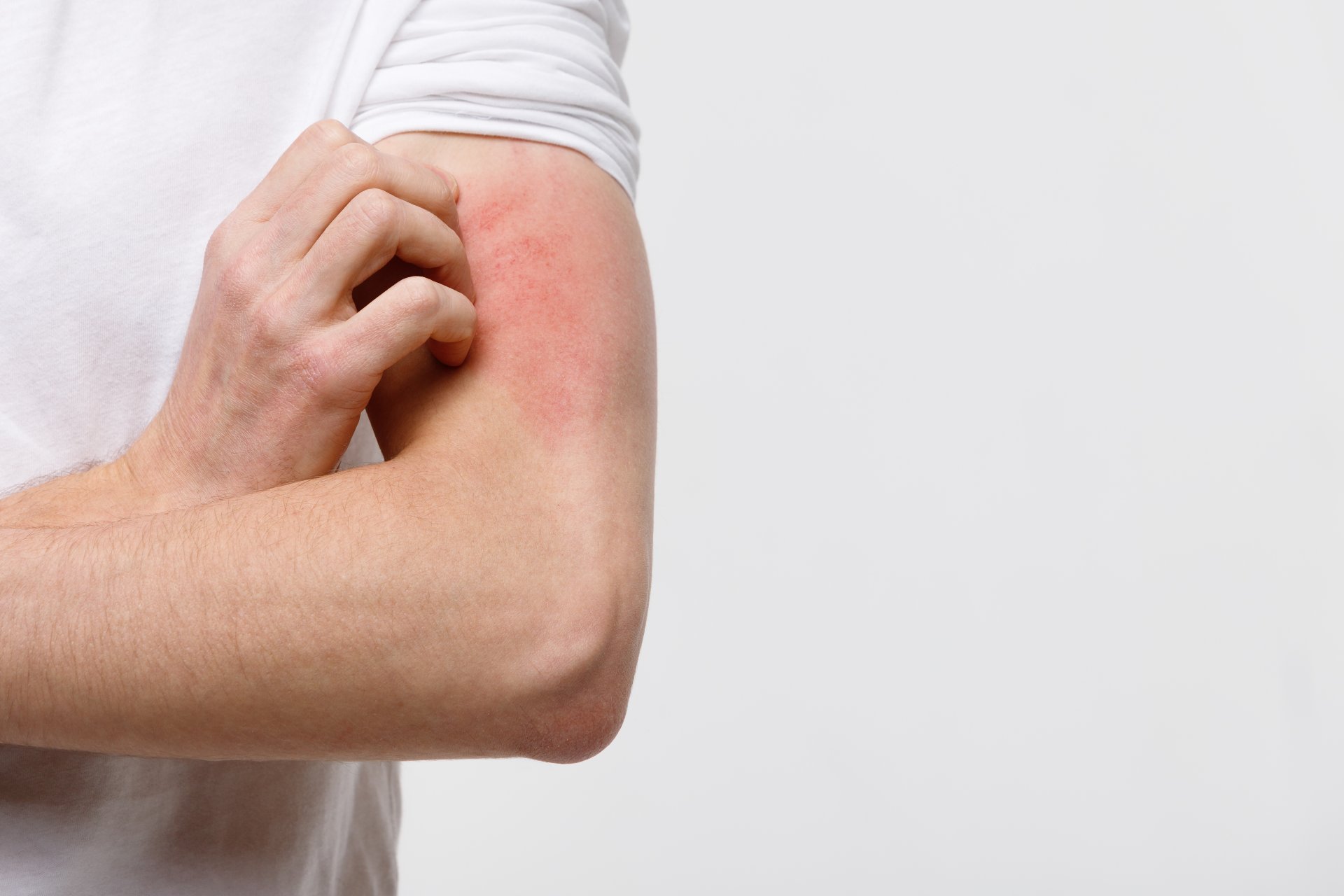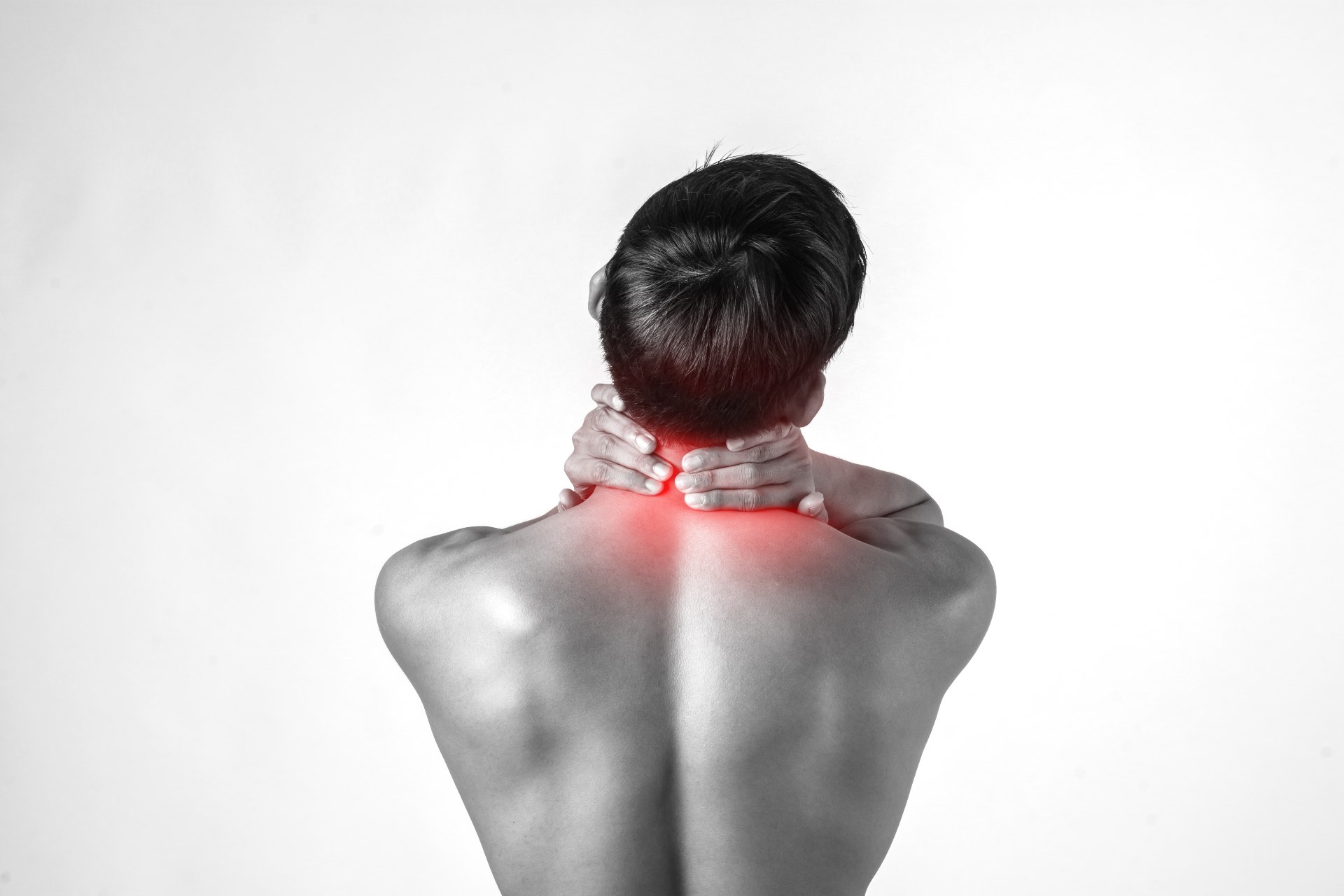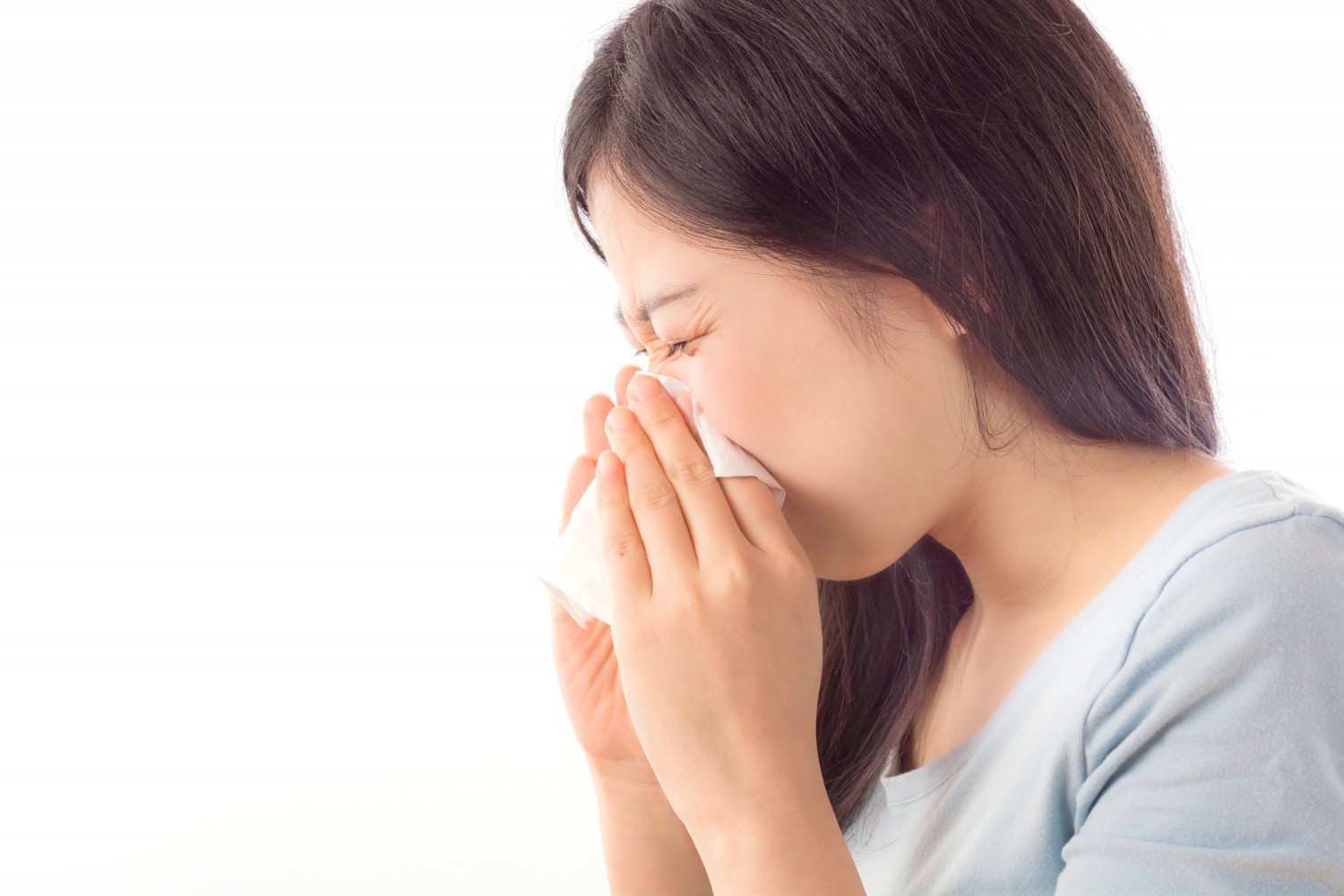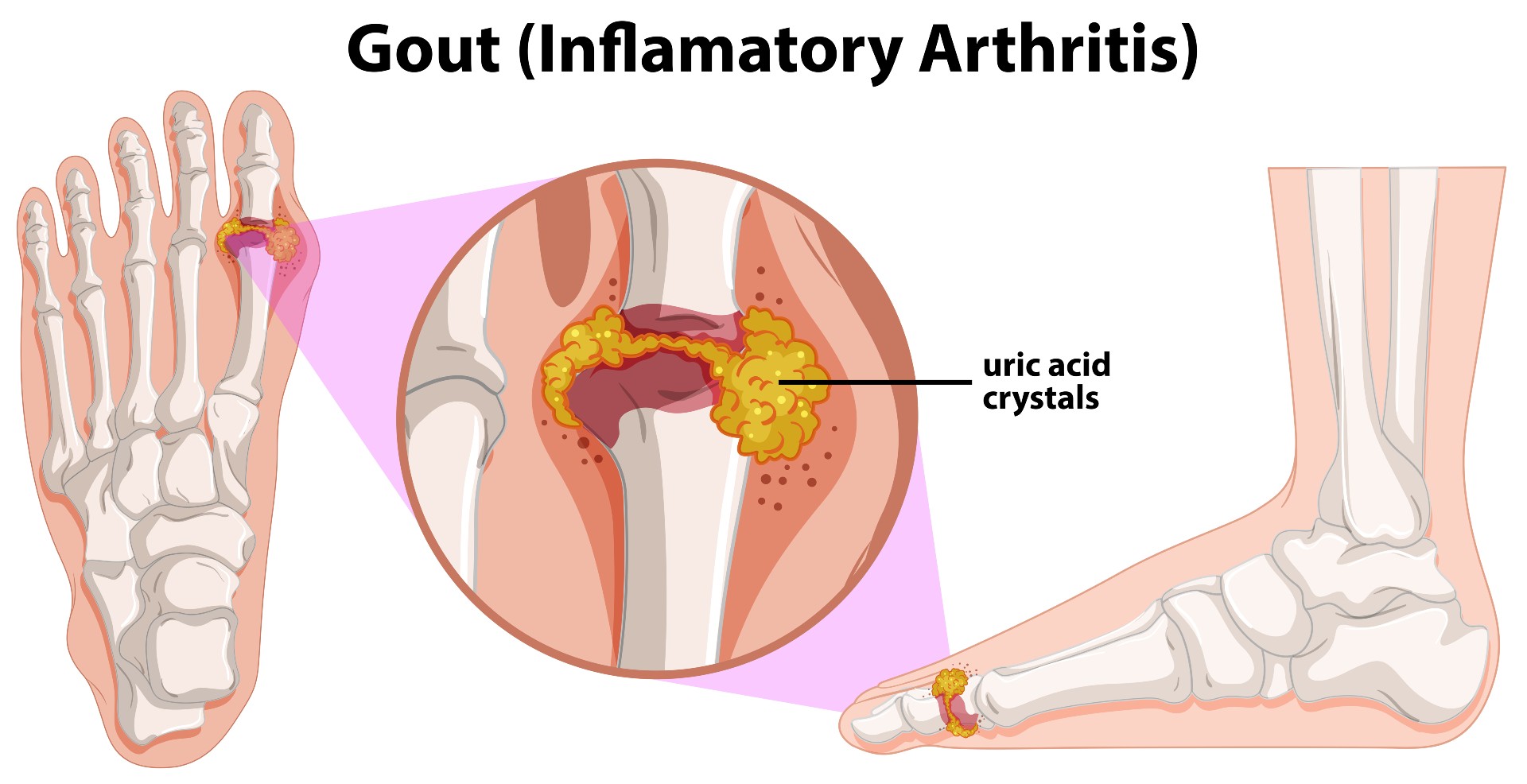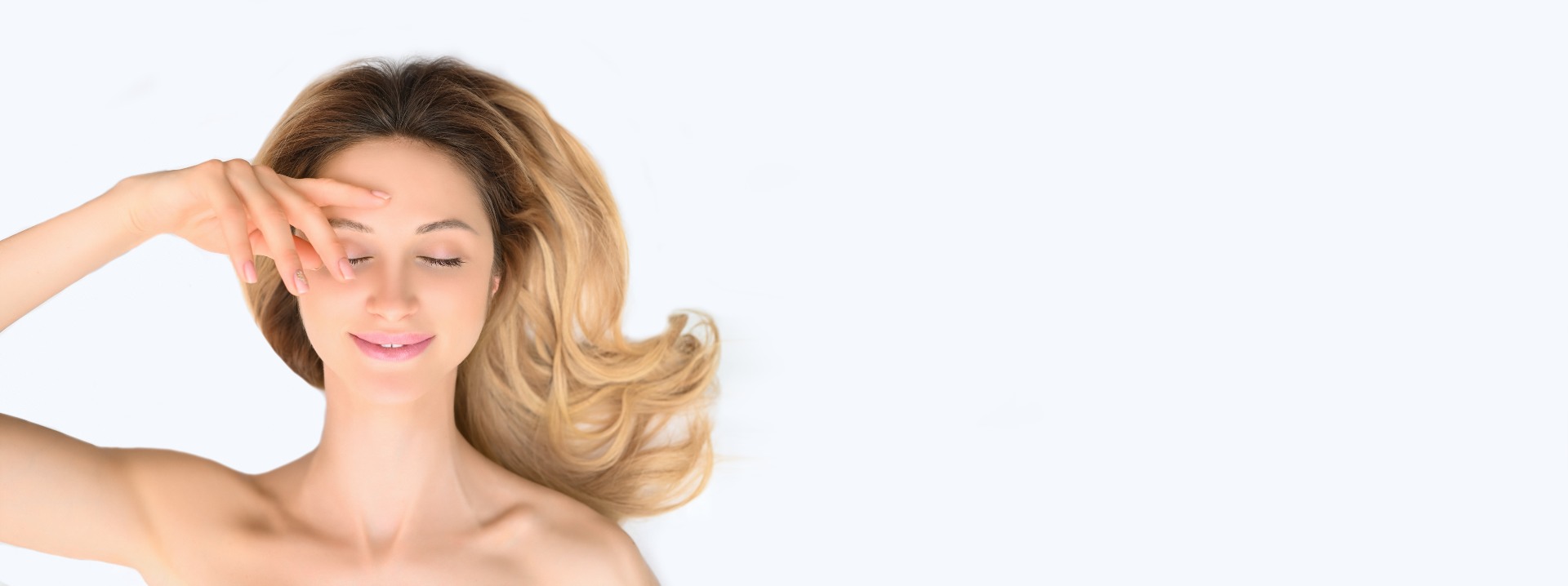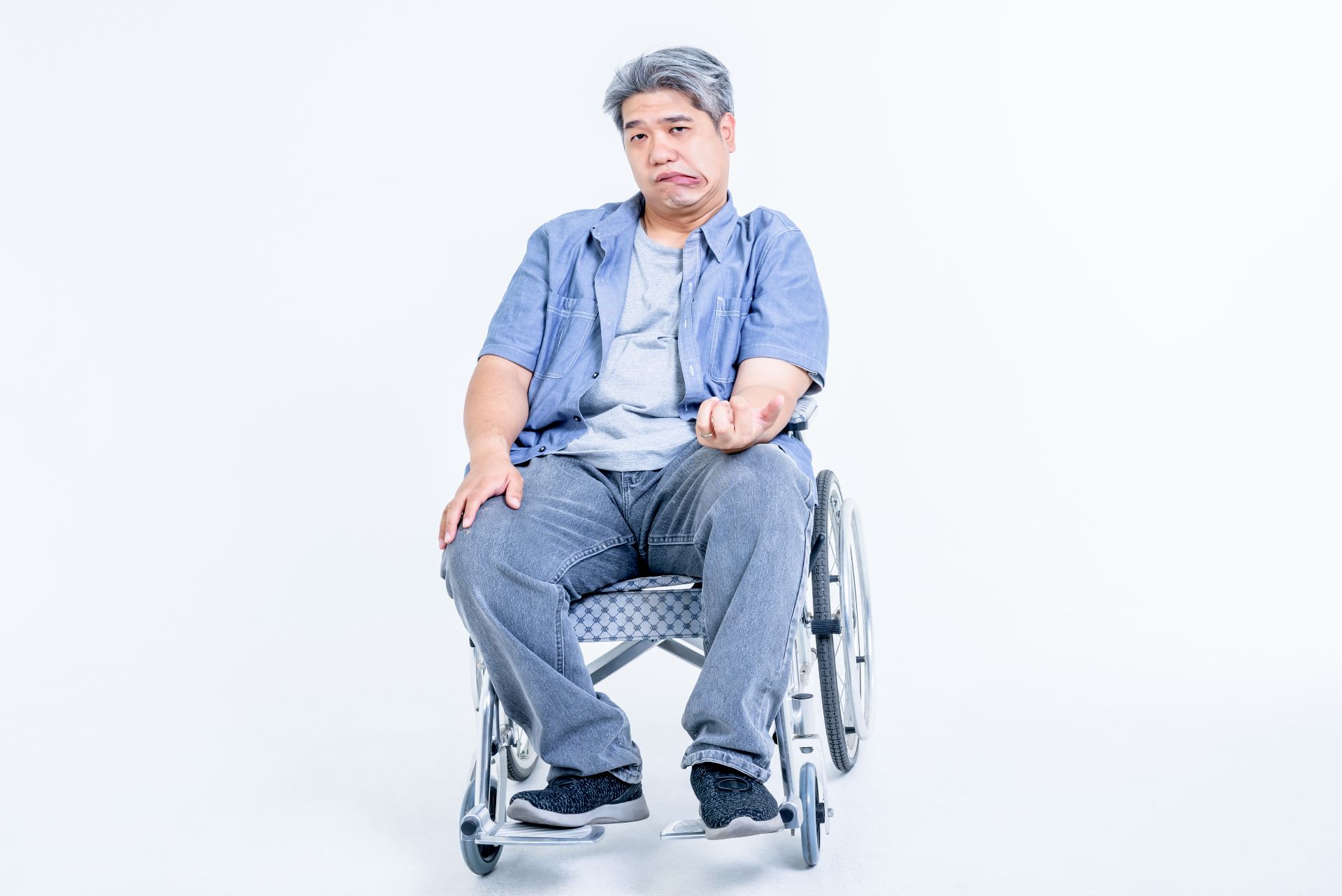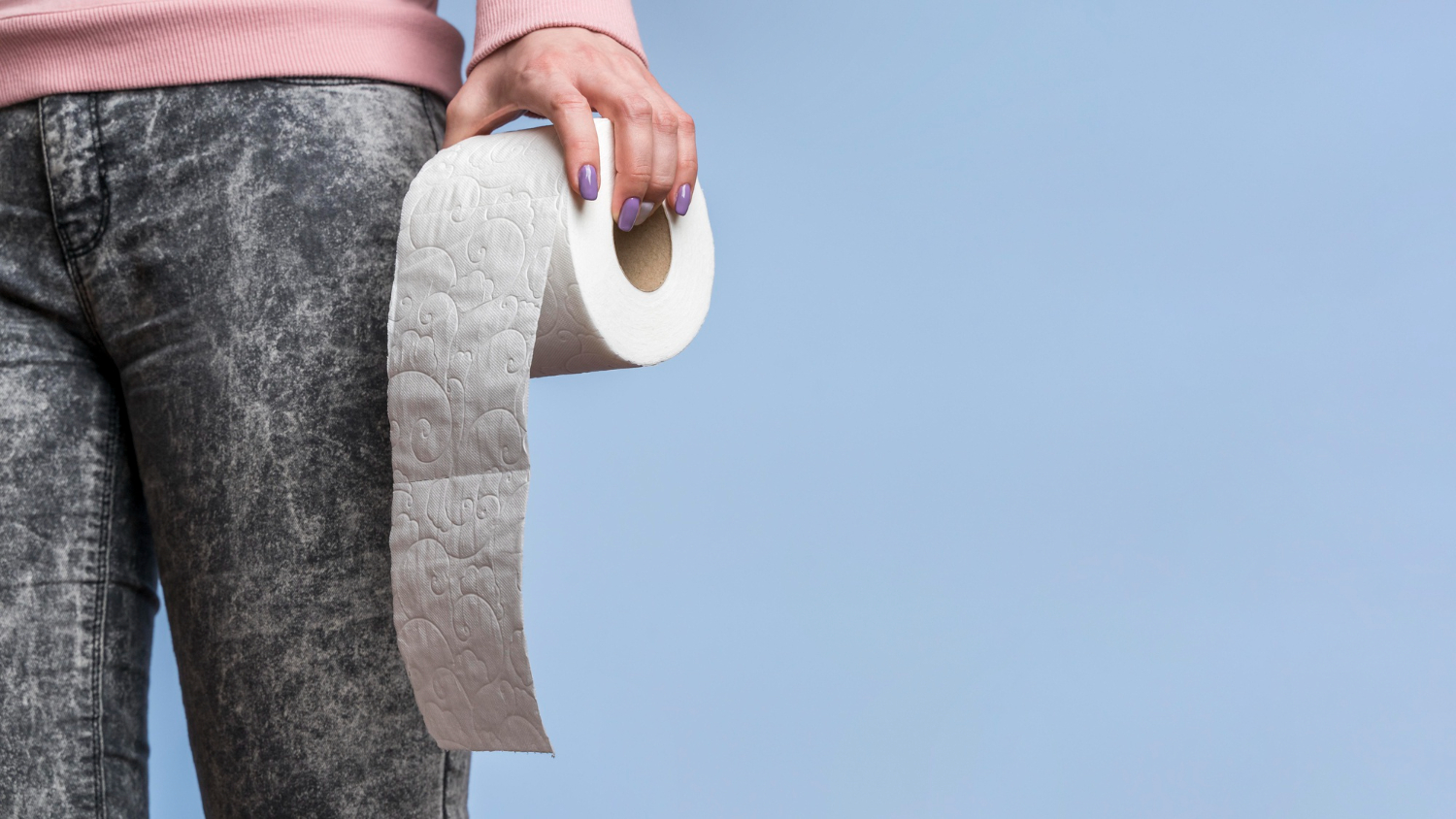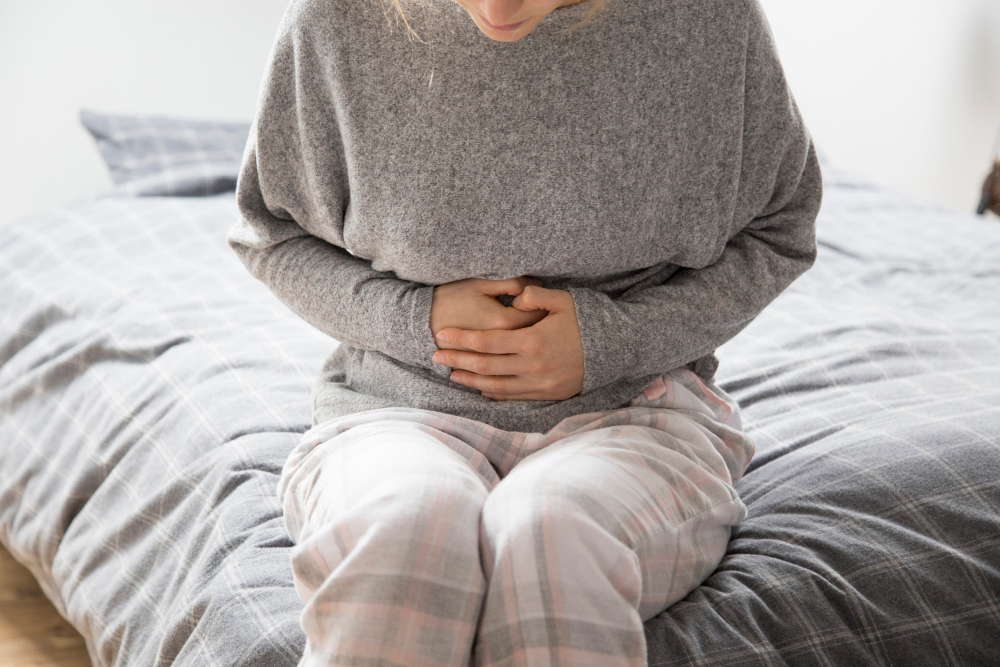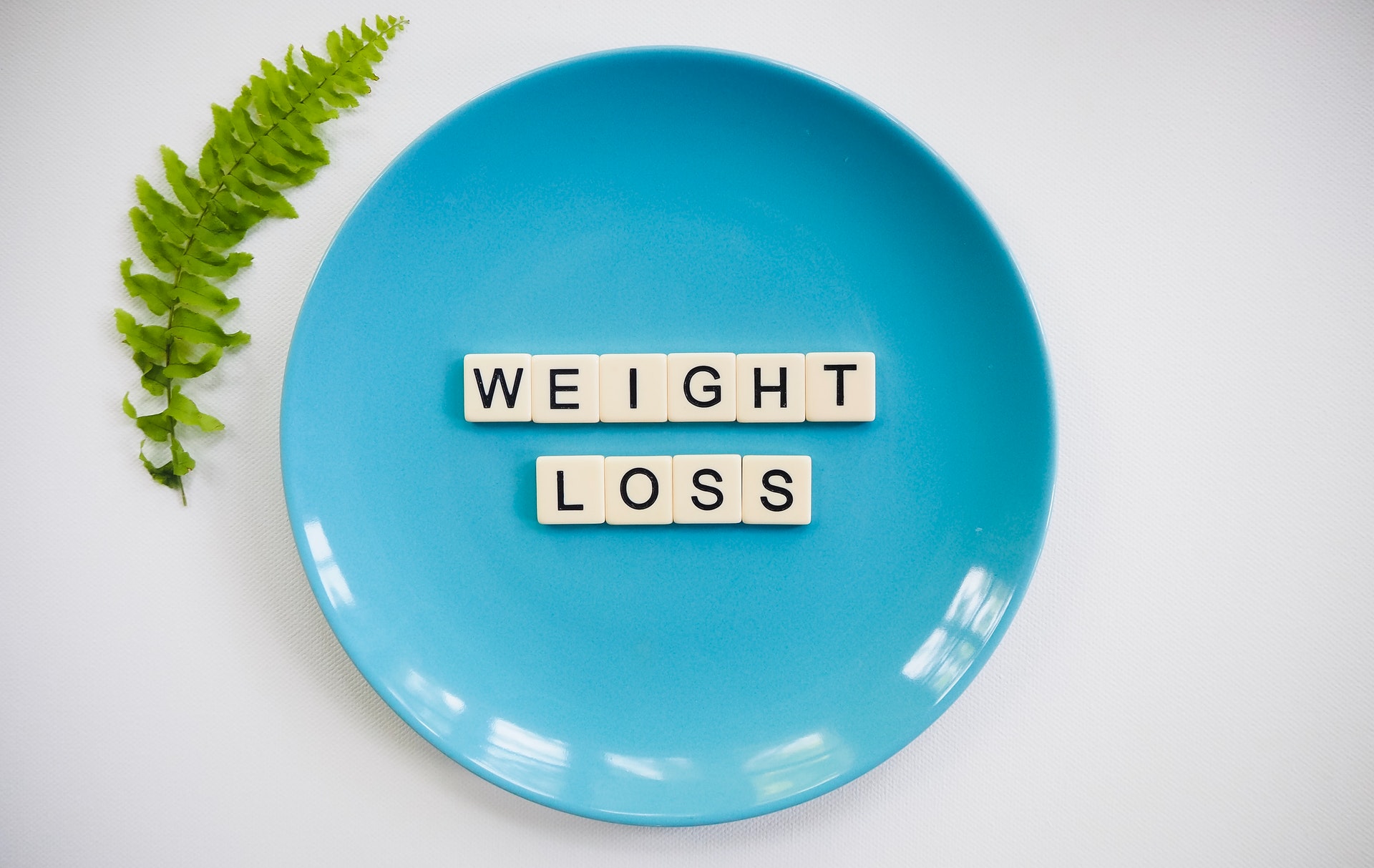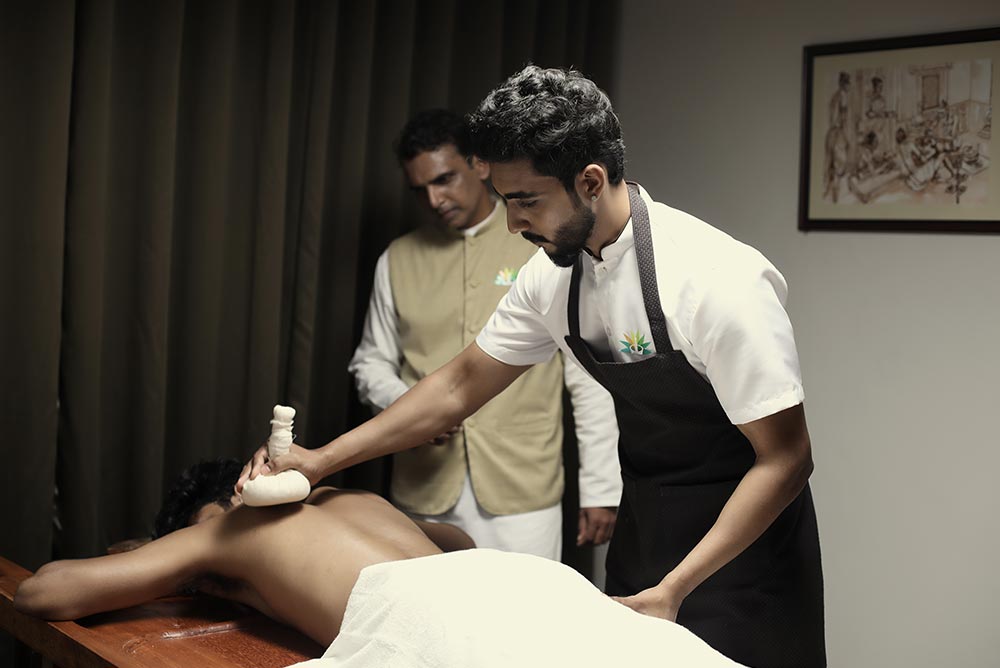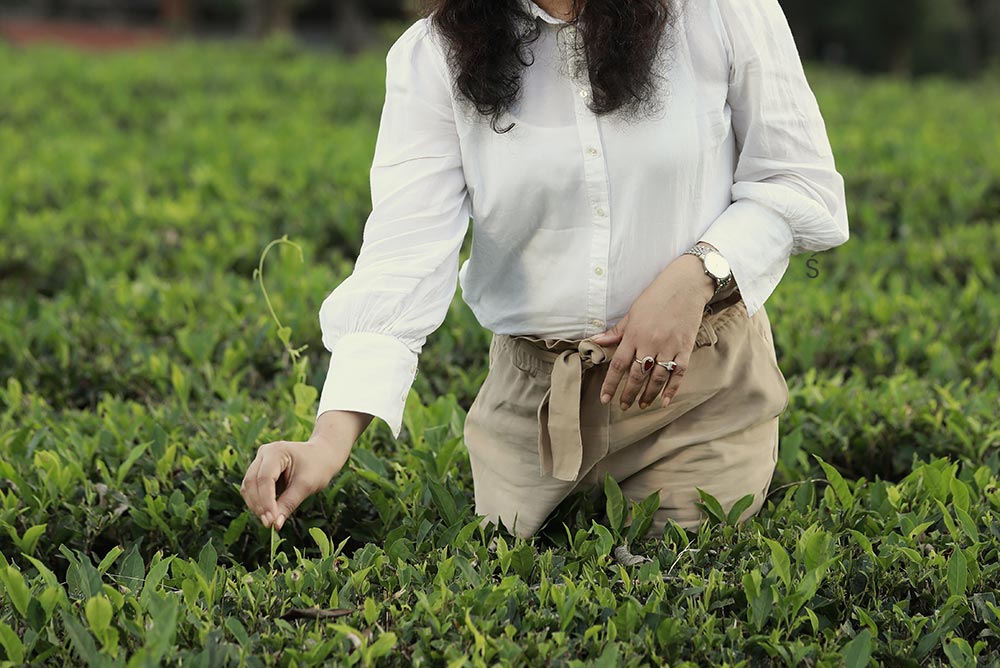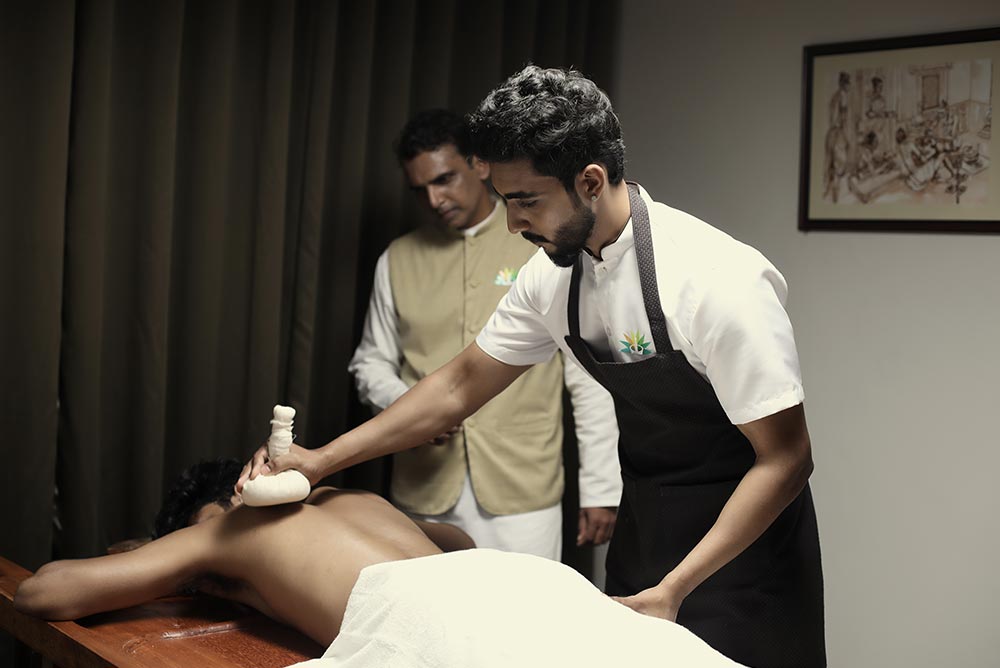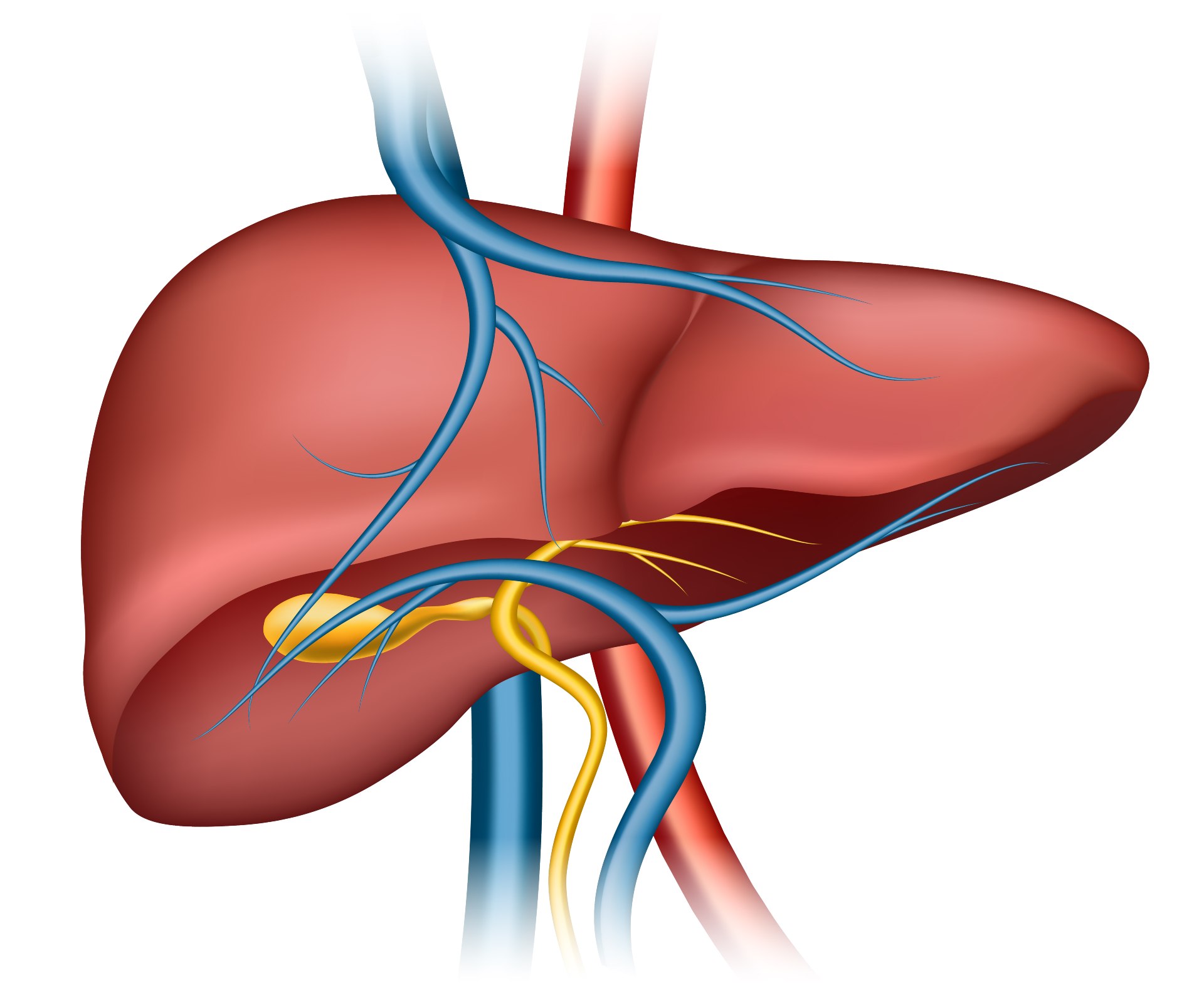
Ayurvedic treatment for fatty liver
Liver is the second largest organ in your body. It helps in digestion, stores energy and filters harmful substances from your blood. Having small amounts of fat in your liver is normal, but too much can lead to a health problem.
What is Fatty Liver?
The liver is considered fatty if more than 5% of it is fat. Fatty liver is also known as hepatic steatosis.
Fatty liver is o two types:
Alcoholic Fatty Liver Disease(AFLD)
This kind of fatty liver develops in someone who drinks excess alcohol.
Non-Alcoholic Fatty Liver Disease(NAFLD)
It occurs in someone who doesn't drink a lot of alcohol. It is an umbrella term for a range of liver conditions.
NAFLD are of two kinds:
Simple fatty liver: There is fat in the liver but little or no inflammation or liver cell damage.
Non-alcoholic steatohepatitis (NASH): In addition to liver fat, there is inflammation and liver cell damage, which can cause fibrosis or scarring of the liver. NASH may lead to cirrhosis or liver cancer.
Diagnosis
Your doctor may utilize the following for diagnosis:
Medical History
You will be asked about your family medical history, your alcohol consumption and other lifestyle habits, medical conditions, medications, recent changes in your health like fatigue, loss of appetite or other unexplained symptoms.
Physical Exam
Liver inflammation will be tested by pressing on your abdomen. The doctor might feel your enlarged liver. But the liver can be inflamed even without being enlarged.
Blood Tests
Liver function tests and blood count tests are carried out. In many cases, fatty liver is diagnosed after blood tests that show elevated liver enzymes. ALT (alanine aminotransferase test) and AST(aminotransferase test) help in checking your liver enzymes.
Imaging Studies
Ultrasound exam, CT scan and MRI scan may be used to check for excess fat or other liver problems. VCTE, Fibroscan test is used to determine liver stiffness. It can help to check for liver fibrosis.
Liver Biopsy
It is the best method to determine the severity of liver disease.
Symptoms
NAFLD doesn't exhibit any noticeable symptoms in most of the cases. But there are chances that you may feel tired or experience discomfort or pain in the upper right side of your abdomen.
Some people with NAFLD develop complications including NASH, that progresses to liver scarring or liver fibrosis, which when severe turns to cirrhosis. The damage caused is similar to that caused by heavy alcohol use.
NASH and Cirrhosis may cause symptoms such as:
loss of appetite
weight loss
itchy skin
weakness and fatigue
bruising or bleeding
yellowing of skin and eyes (jaundice)
web-like clusters of blood vessels under your skin
abdominal swelling (ascites)
swelling in the feet or lower legs
breast enlargement in men
confusion and memory problems
enlarged spleen
red palms
Causes
Fatty liver develops when excess of fat is produced by your body or fat metabolism doesn't take place efficiently. The liver cells store the excess fat and this accumulation causes fatty liver disease.
The build-up of fat can be caused by various factors like:
Drinking too much alcohol
Obesity: It involves low-grade inflammation that may promote liver fat storage. Excess belly fat also leads to fatty liver.
High blood sugar: People with prediabetes and Type 2 diabetes can be affected.
Consumption of sugary beverages: Sodas and energy drinks, high in fructose, drive liver fat accumulation increase.
Insulin resistance: Inability of the cells to take up sugar in response to insulin causes liver fat storage in people with Type 2 diabetes and metabolic syndrome(a group of medical conditions and characteristics linked to obesity).
High levels of triglycerides in your blood
Impaired gut health
High intake of refined carbs by overweight and insulin-resistant individuals.
Less common causes include:
rapid weight loss and malnutrition
some common infections such as Hepatitis C
side effects from some medications
exposure to certain toxins
genetics
Risk Factors
Following are the risk factors of fatty liver:
Middle or old age(although children can also be affected)
Drinking excess of alcohol
Obesity, particularly belly fat
Insulin resistance
Prediabetes and Type 2 diabetes
Polycystic ovary syndrome
Pregnancy
Infections such as Hepatitis C
Certain medications like corticosteroids and cancer drugs
High cholesterol and triglyceride levels in blood
High blood sugar levels
Metabolic syndrome
Family history
Sleep apnea
Hypothyroidism
Hypopituitarism
High blood pressure
Rapid weight loss
Exposure to certain toxins
Treatment of fatty liver in Ayurveda
According to Ayurveda, liver is the site of production and maintenance of pitta. It is considered an organ which is essential for digestion and elimination of toxins. Liver or Yakruth in Sanskrit is the one of the seats of fat metabolism. Fatty liver is caused by the extreme aggravation of watery to oily qualities of pitta dosha. Gradually there is an imbalance of other doshas too. Pitta dosha has to be balanced for a healthy liver.
To balance pitta, Virechana, medicated purgation is the most beneficial treatment procedure. It is a purification therapy and one among the five healing therapies of Panchakarma. In Virechana, oral intake of appropriate herbals combinations is used. The body is "cleansed" from excess pitta, the blood is further purified with medicines wherein necessary.
Ayurveda diet in line to correct the imbalance occurred due to inappropriate food over a period of time is recommended. Yoga sessions are beneficial for the treatment. Healthy lifestyle should be followed. The Asanas do help in improving the basal metabolism and the will power and focus generated with meditation will be helpful not to indulge in the food and lifestyle which lead to the fatty liver.
Treatment at Jeevess
Fatty liver is effectively treated at Jeevess with the help of a personalized treatment according to your body constitution. Virechana therapy is adopted to balance the pitta dosha. Direct removal of toxins occurs by the consumption of special herbs and substances that induce purging.
Ayurvedic medicines, corrective diet, yoga sessions and a healthy lifestyle are recommended which are helpful. Most people need follow-ups as this condition is corrected with lifestyle.




